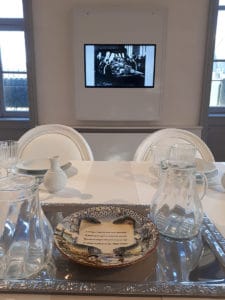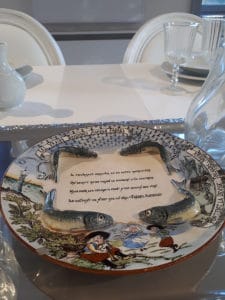This ceramic plate was made in the artistic earthenware workshop of Georges Dreyfus in Moret-sur-Loing (Seine-et-Marne department, Île-de-France region), which operated from 1890 to 1936.
Georges Dreyfus was a professional in tableware and ceramic arts. From his workshop came a varied production, carefully decorated by a wide variety of artists whom the art dealer called upon for artistic collaborations.
Many pieces from the workshop were intended for table service, such as dishes, plates and tureens that Georges Dreyfus sold in his Parisian shop on rue du Paradis.
Commissioned by the Amieux brothers, two famous canners from Nantes known for their pioneering and ingenious advertising strategies, this polychromatic earthenware plate was made using the barbotine technique.
The slip decoration consists in adding relief on a pottery. Here this relief takes the form of four elegant sardines which frame the emblematic poem of the Amieux Frères company.
The marli, i.e. the peripheral part of the plate constituting the slightly inclined crown, is here carefully decorated with Breton landscapes (lighthouse, boat, biniou player, couple of dancing Bretons) as well as the slogans of the Amieux Frères company written in phylactery, i.e. in the spirit of medieval calligraphy.
The copy we now have was donated by Pierre Quillivic, former technical director of the Paul Chacun cannery and technical and production manager of the Cobreco (Arok) cannery, and current municipal councillor in charge of issues relating to the Loctudy cannery museum. We thank him warmly for this donation.



